Ragi Modak : Ancient grain, modern festive delight
When tradition meets health, something truly special is created — and Ragi Modak is a perfect example. As Ganesh Chaturthi approaches, kitchens across India fill with the sweet aroma of steamed modaks, Lord Ganesha’s favorite treat. While the classic version made with rice flour, jaggery, and coconut remains a staple, more and more people are now embracing nutritious alternatives — and that’s where ragi, or finger millet, comes in.
Packed with calcium, iron, and fiber, ragi is a powerhouse grain that brings both flavor and health benefits to this beloved festive sweet. Soft, earthy, and slightly nutty in taste, Ragi Modak is not only a wholesome offering to Bappa but also a guilt-free indulgence for those looking to enjoy sweets mindfully.
Table of Contents
What is Ragi Modak?
Ragi Modak is a healthy and nutritious variation of the traditional Indian sweet modak, made using ragi flour (also known as finger millet flour) instead of the usual rice flour. It is especially popular during Ganesh Chaturthi, a festival dedicated to Lord Ganesha, who is believed to love modaks.
Main Ingredient of Ragi Modak:
ragi flour-1 cup
water-1 cup
ghee-1 tbsp
salt-pinch
fresh grated coconut- 1cup
jaggery powder-3tbsp
Chopped nuts(Cashew,almond, pistachio)
cardamom powder-1/2 tsp
What Is So Special About Ragi Modak?
Ragi Modak isn’t just a festive sweet — it’s a beautiful fusion of tradition and health. While the classic modak is always a delight, adding ragi (finger millet) to the mix makes it stand out in more ways than one:
1. A Superfood with a Purpose
Ragi is one of the most nutritious grains you can include in your diet. It’s:
-
Rich in calcium – great for bone health.
-
High in dietary fiber – aids digestion and keeps you full longer.
-
Loaded with iron – helpful for those dealing with anemia or low energy.
So, when you use ragi flour in modaks, you’re turning a festive treat into a nutrient-packed powerhouse.
2. Naturally Sweet, No Refined Sugar
Most Ragi Modak recipes use jaggery as a sweetener — which is not only natural but also adds a deep, caramel-like flavor. It’s a healthier alternative to white sugar and also offers minerals like iron and magnesium.
3. Perfect for All Ages
Whether you’re making them for kids, elders, or health-conscious adults, Ragi Modaks are soft, easy to digest, and nourishing. Even toddlers and seniors can enjoy them without worry.
4. A Healthier Offering to Lord Ganesha
Modak is considered the favorite sweet of Lord Ganesha. Offering Ragi Modak during Ganesh Chaturthi is a way of combining devotion with mindful living — honoring tradition while taking care of your family’s well-being.
5. Versatile and Delicious
You can steam them, fry them, or even experiment with fillings like dry fruits, nuts, or dates. The nutty, earthy flavor of ragi pairs beautifully with the sweetness of coconut and jaggery.
Meyer Anzen Ceramic Coated Cookware 26cm Kadai
Quick and Easy Ragi Modak:
If you're short on time but still want to prepare something special for Ganesh Chaturthi or just crave a guilt-free sweet treat, Ragi Modak is your go-to recipe. Here's why:
1. Minimal Ingredients
You only need a handful of pantry staples:
Ragi flour, jaggery, grated coconut, ghee, and cardamom.
Most of these are common in Indian kitchens, so there’s no long grocery list involved.
2. No Complex Techniques
Unlike traditional rice flour modaks that require careful steaming of the dough (ukad), ragi dough is more forgiving and easier to handle. You can:
-
Cook it quickly on the stovetop into a pliable dough.
-
Fill and shape without needing special molds (though they help!).
-
Steam them for just 8–10 minutes, and you’re done.
3. Beginner-Friendly
Even if you're new to Indian sweets, Ragi Modak is a great place to start. The steps are simple:
-
Make the filling (just sauté coconut and jaggery).
-
Cook ragi flour into a soft dough.
-
Shape, fill, and steam.
There’s no deep frying, no tricky sugar syrups, and no mess — perfect for first-time modak makers.
4. Make-Ahead Friendly
You can prepare the filling and dough ahead of time, store them in the fridge, and assemble fresh modaks just before serving — ideal for festive prep or a quick weekday sweet.
How to make
1. Prepare the Sweet Coconut Filling
-
Heat 1 tsp ghee in a pan.
-
Add the grated coconut and sauté for 1–2 minutes on low flame.
-
Add the jaggery powder and mix well until it melts and combines with the coconut.
-
Stir in the cardamom powder and chopped nuts.
-
Cook for another 2 minutes until the mixture thickens slightly, then set aside to cool.
2. Make the Ragi Dough (Outer Covering)
-
In a separate saucepan, bring 1 cup of water to a boil with a pinch of salt and 1 tsp ghee.
-
Lower the flame and add ragi flour slowly, stirring continuously to avoid lumps.
-
Mix well until it forms a soft dough-like consistency. Cover and let it rest for 4–5 minutes.
-
Once slightly cool, knead it gently with wet hands to smoothen the dough.
3. Shape the Modaks
-
Grease your palms (or modak moulds) with a little ghee.
-
Take a small ball of dough and flatten it into a small cup shape with your fingers.
-
Place a spoonful of the coconut-jaggery filling inside.
-
Gently bring the edges together to seal and form a pointed top like a modak.
-
Optional: Use a modak mould for even shapes.
4. Steam the Modaks
-
Place the shaped modaks in a greased steamer or idli plate.
-
Steam for 8–10 minutes on medium flame.
- Once done, the outer layer will appear glossy and firm.
Expert Tips
1. Use Fine Ragi Flour
Choose fine, fresh ragi flour for best results. Coarse flour can make the dough gritty and hard to shape. You can even sieve it once before using for a smoother texture.
2. Add Ragi Gradually to Boiling Water
When making the dough, always add ragi flour slowly into boiling water while stirring continuously. This prevents lumps and ensures an even, soft dough.
3. Don’t Overfill the Modaks
Use just the right amount of filling — too much can cause the modaks to crack or open up while steaming. Seal gently but firmly at the top.
4. Use a Modak Mould (Optional but Handy)
If you’re short on time or want uniform shapes, a modak mould helps a lot — just grease it lightly before use. It’s especially helpful for beginners.
5. Steam on Medium Flame
Steaming the modaks on medium heat for 8–10 minutes is key. Over-steaming can make the outer layer dry or tough.
6. Add Flavor Variations
Want to elevate the flavor? Try adding:
-
A pinch of nutmeg to the filling
-
Roasted sesame seeds for crunch
-
Or even chopped dates for natural sweetness
7. Make Ahead & Store
You can prepare the filling a day in advance and refrigerate it. The steamed modaks also stay good for up to 2 days in the fridge — just reheat them gently in a steamer before serving.
Recipe Card


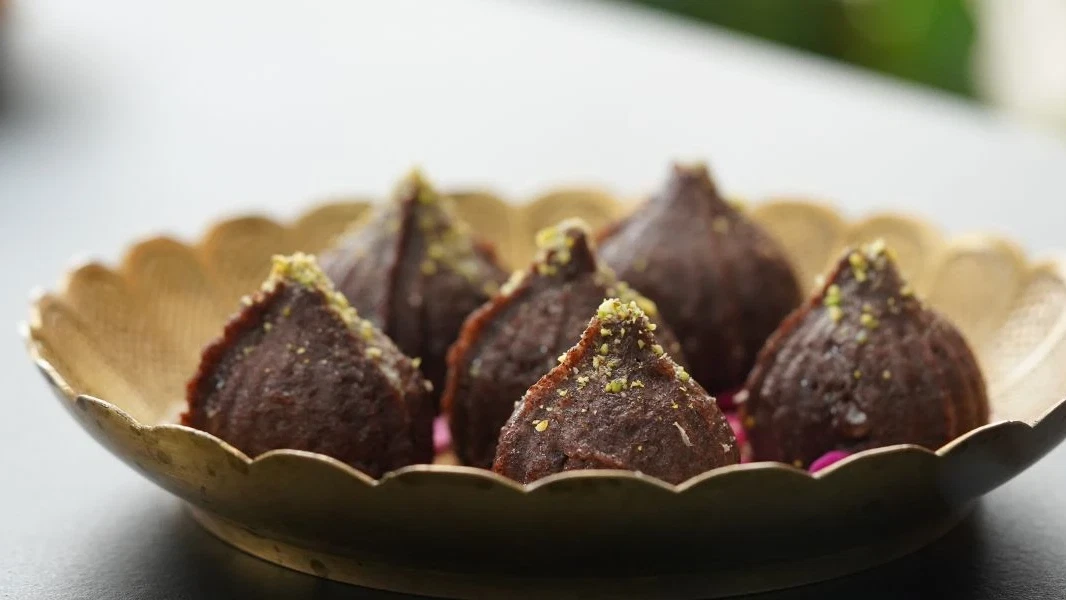


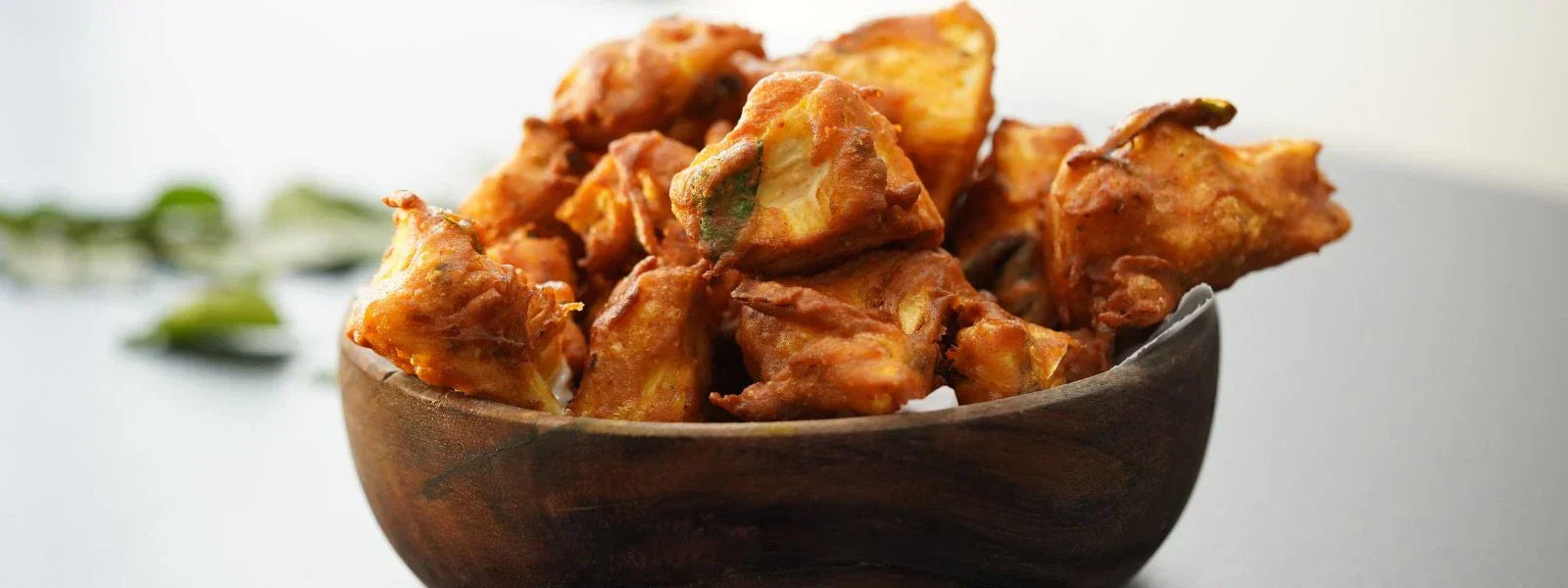
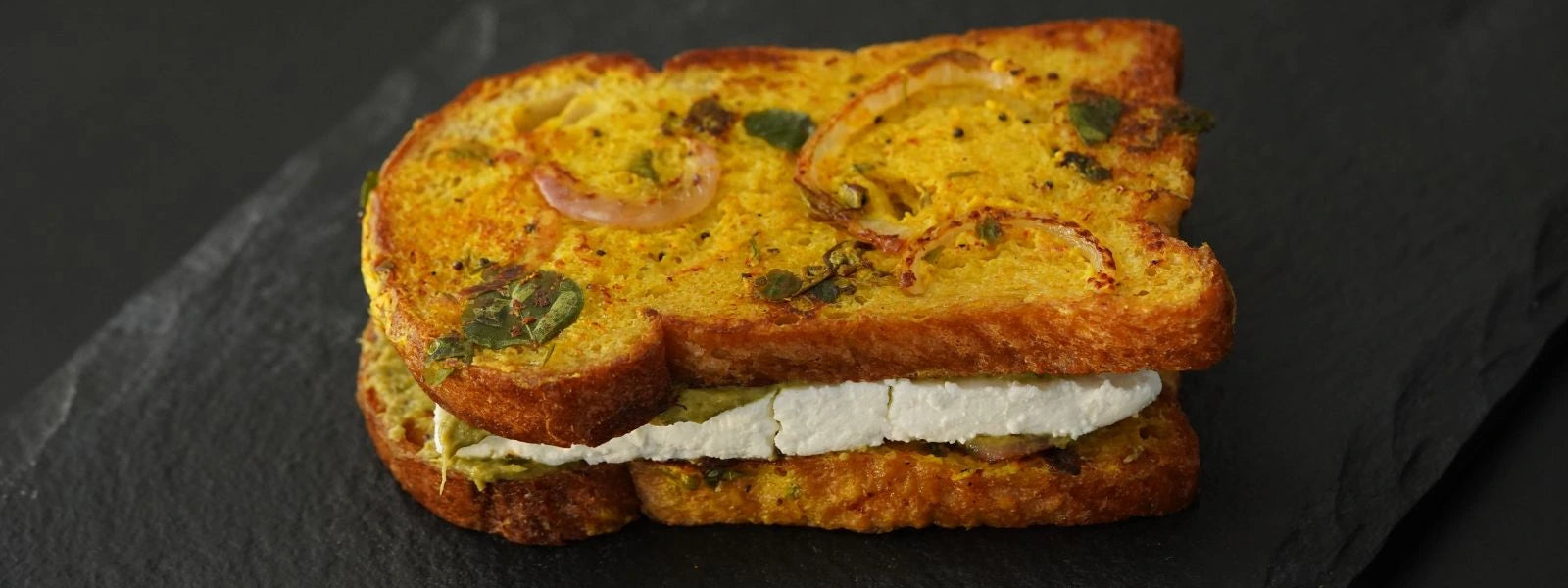
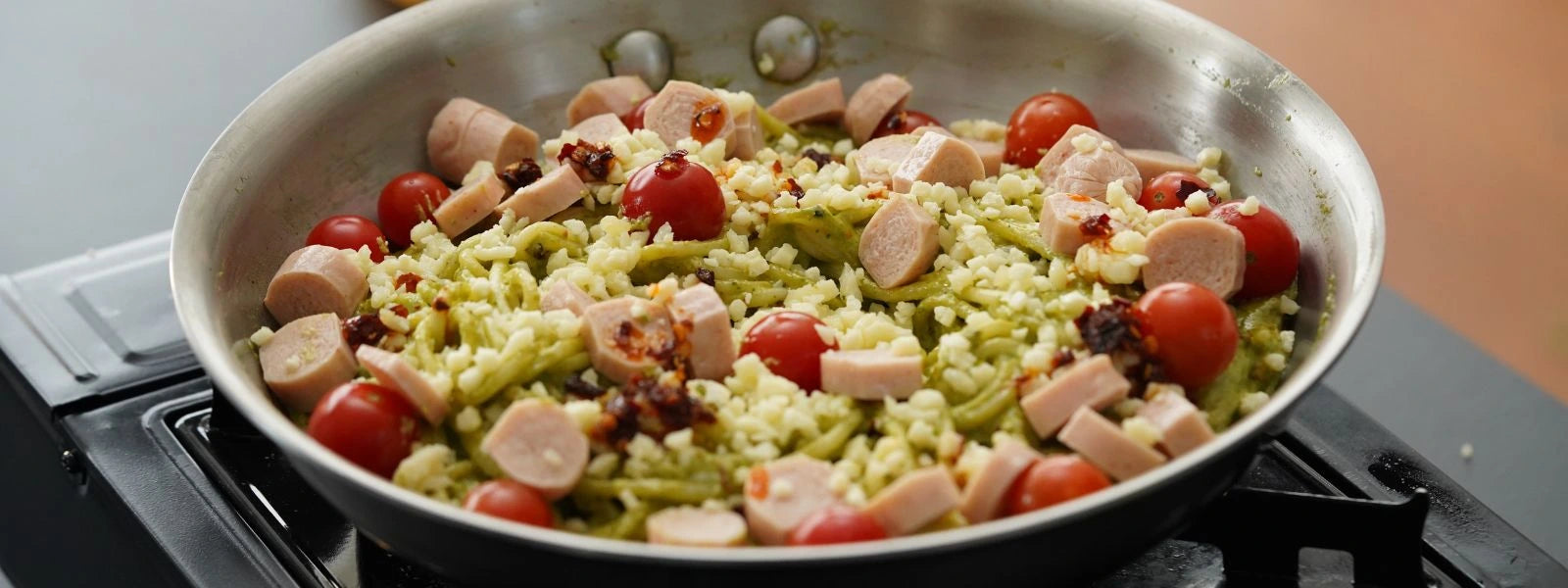
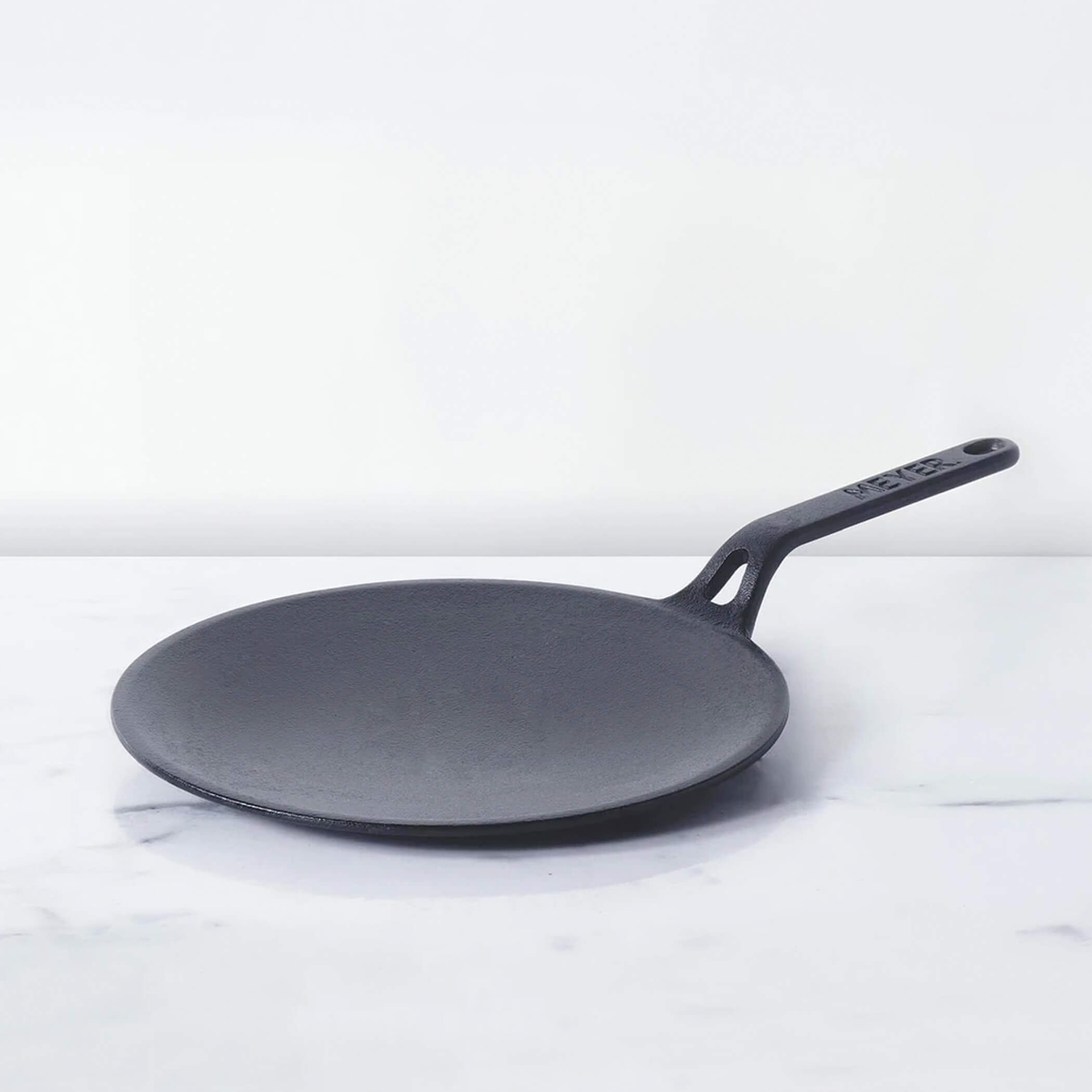
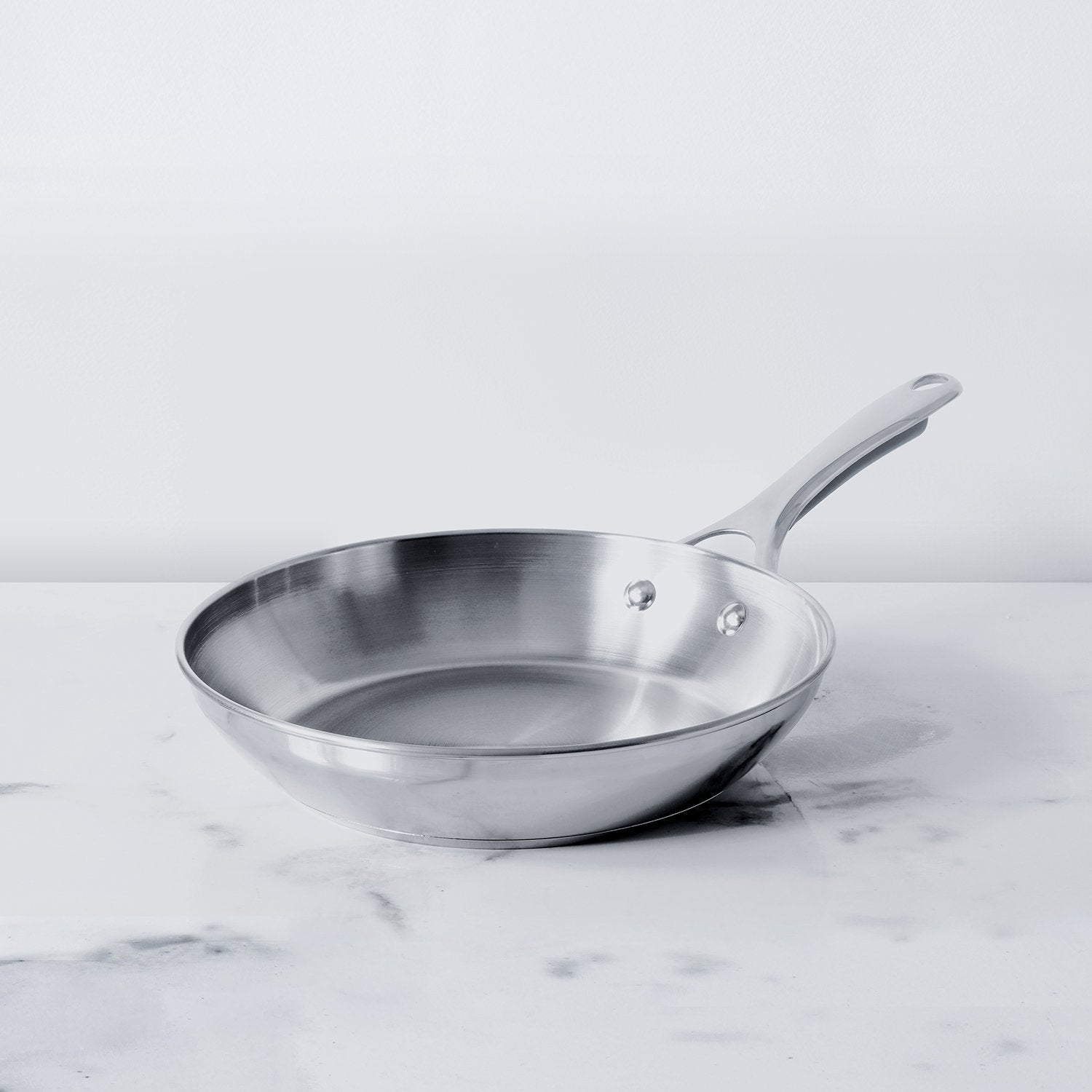




Leave a comment